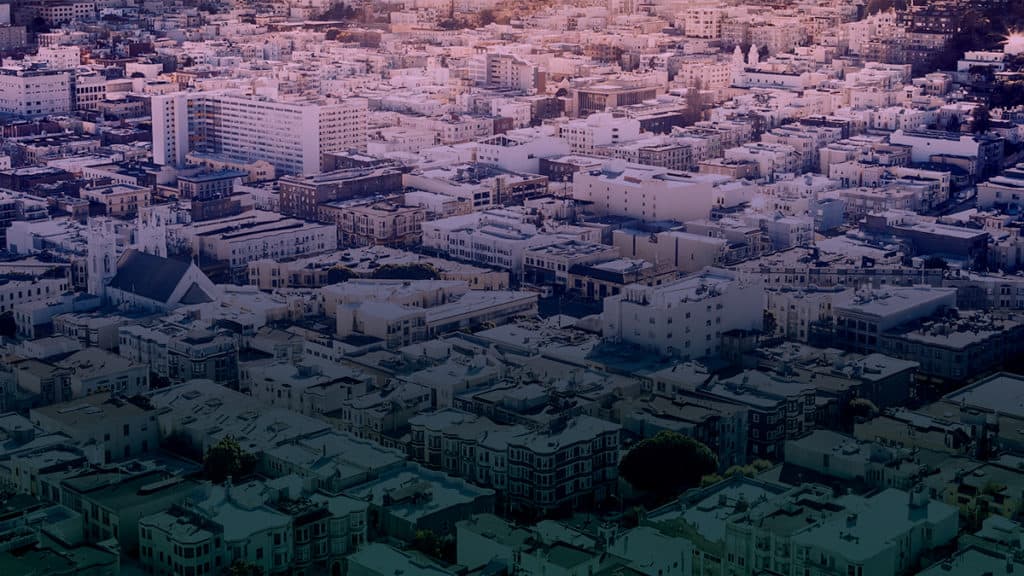COVID-19 exposed deep economic and social fault lines nationwide. It also underscored what was already going on before it: While a small number of cities were booming, most were not.
In a new report on gentrification and disinvestment, covering data from 2012 through 2017, the National Community Reinvestment Coalition (NCRC) found that gentrification of once struggling neighborhoods was highly concentrated. Most low-income neighborhoods, and the vast majority of cities, continued to deal with a chronic lack of investment.
The same pattern was found in NCRC’s 2019 report on gentrification, which examined an earlier time span, 2000-2013.
The 2020 report, with newer data and new rankings of where gentrification was most intense, also found a small group of boomtowns where gentrification remained a significant threat to minority and lower-income families. These cities are some of the largest and most prosperous in the country, home to over 14% of all Americans.
But these boomtowns were rare. Most cities and towns were struggling. Their problem was stagnation and disinvestment, not gentrification or displacement. Most low- and moderate-income (LMI) communities in most places remained mired in poverty and lacked critical investment.
Of the 9,743 neighborhoods found to be eligible to gentrify between 2013 and 2017, meaning they were in the 40th percentile for income and home values, there were only 954 neighborhoods, or less than 10%, that did gentrify.
The vast majority of the gentrified neighborhoods came from just 20 cities, where each had at least ten neighborhoods gentrified during the 2013-2017 period. Nationally, half of all of the gentrifying neighborhoods were in these 20 cities.
San Francisco was the most intensely gentrified city in America from 2013 to 2017, followed by Denver, Boston, Miami and New Orleans. They had the largest share of their vulnerable neighborhoods that gentrified during that time period. This is an update to NCRC’s 2019 report, which placed Washington, DC, as the most gentrified city in America between 2000 and 2013. In this new report, DC fell to No. 13. Gentrification continued there, but it surged elsewhere.
“COVID-19 struck a nation that was already mostly struggling,” said Jesse Van Tol, CEO of NCRC. “Recovery in most places will be even more challenging than in those where investment was already concentrated. There is no doubt that the protests that have erupted nationwide are at least in part motivated by the nation’s long history of racial economic inequality.”
The pattern of concentrated wealth, investment and displacement has new implications in 2020. In most of the nation, economic recovery after COVID-19 likely will be more difficult than in the thriving cities where investment capital was already concentrated. Chronic disinvestment in lower-income communities will undoubtedly be exacerbated by the COVID-19 crisis.
In those communities where gentrification was under way, longtime minority and lower-income residents may find it even more difficult to resist displacement. The data underscores the need for policies that help more communities attract investment without displacing the families that live there.
The data also reinforces the need to modernize and strengthen the Community Reinvestment Act (CRA), a 1977 law that requires banks to make loans in all communities where they take deposits. One of the agencies that enforces CRA has announced new rules that weaken requirements for banks to lend or invest in lower-income neighborhoods.
“The data on gentrification, displacement and widespread disinvestment underscores the need for stronger enforcement of CRA, not weaker rules, and new approaches so fewer communities are left behind and fewer families are displaced by gentrification,” Van Tol said.



